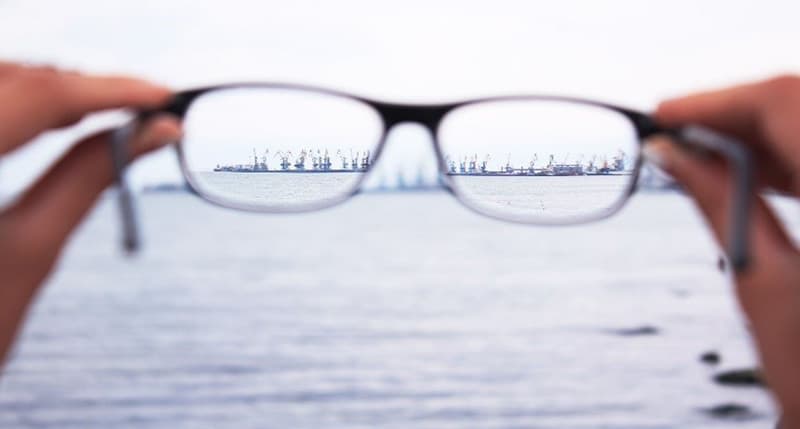
22 May Floaters
Seeing Small, Shadowy Spots? You May Have Floaters
You’re gazing up at the beautiful blue spring sky, and suddenly, you see them: small shadowy spots, squiggles, or trailing thread-like strands floating through your line of sight. As you try to focus on them, they seem to shift, elusively moving away. When you give up chasing them and refocus on the sky, they quickly reappear, slowly drifting across your field of vision once more.
You’ve got floaters.
What are floaters?
To understand what you’re seeing, let’s review eye anatomy, specifically the vitreous body. This portion of the eye is between the lens at the front of the eye and the retina, which lays against the back wall of the eye. The vitreous is a clear, jelly-like substance that fills about 80 percent of the eye and helps it maintain its rounded shape.
When we are born, the vitreous has a gel-like consistency. Starting as early as age 2 but usually around age 9 or 10, the vitreous begins to dissolve and liquefy to create a watery center. While the underlying cause of this liquefaction is unknown, the vitreous continues to dissolve as we age, and, as it does, it slowly shrinks as well.
As the vitreous dissolves, small, undissolved pieces of the vitreous may float around in the more liquid center. As light enters your eye through the lens, it crosses through the vitreous before it hits the retina, and those small, undissolved pieces cast little shadows on the retina that are noticeable in your field of vision. You see them as small, shadowy spots, strands, or squiggles.
Who gets floaters?
Pretty much everyone experiences floaters, but the older you are, the more floaters you’re likely to have, especially if you’re over age 50. Nearsightedness can also increase the likelihood of floaters, at any age. And if you’ve recently suffered any type of eye trauma, you’re probably going to see more floaters than usual.
Long-standing health challenges can cause an increase in floaters as well. People with diabetes, especially those who have diabetic retinopathy, are at risk for a high number of floaters. Those who have undergone cataract surgery or who are being treated with certain eye medications that are injected into the eye may also experience more floaters than normal.
Are floaters a sign of something serious?
Not always, but they can be—so pay attention to them. While some floaters are a normal part of aging, when you notice a new floater and especially when there is a significant increase in the number of floaters, a visit to your optometrist is warranted. While floaters may never disappear completely, eventually we become used to them and notice them less.
A sudden increase in the number of floaters is a big concern because it could indicate a serious condition that requires immediate medical attention. These serious conditions include retinal tears, vitreous detachment, inflammation at the back of the eye, hemorrhaging, and eye trauma—all of which necessitate an immediate visit to your eye doctor.
A sudden increase in floaters might also signify retinal detachment, a serious medical emergency requiring immediate treatment to prevent permanent vision impairment and possible blindness. In addition to increased floaters, symptoms of retinal detachment may also include peripheral flashes of light, vision that comes and goes with a “curtain effect,” or a loss of peripheral vision.
Be smart and always be cautious when it comes to safeguarding your vision: Contact your eye care professional immediately if there is any sudden change in your vision, including new floaters.



Sorry, the comment form is closed at this time.